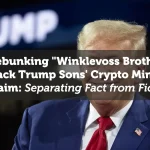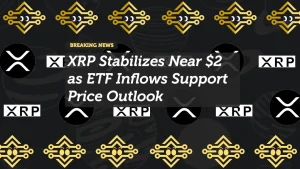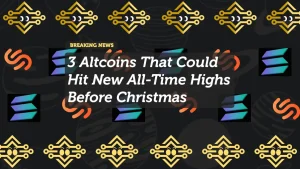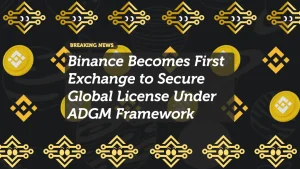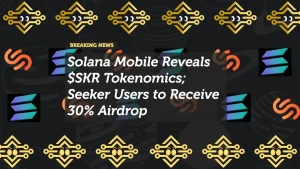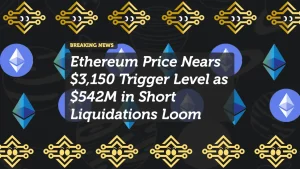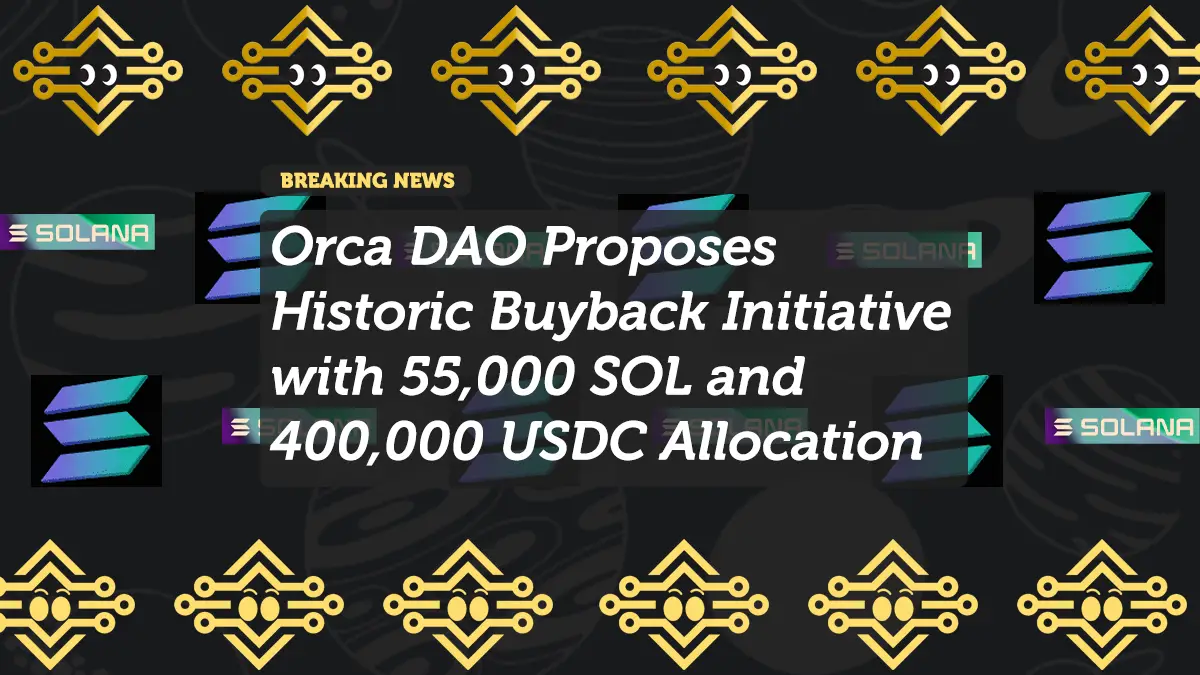
Orca DAO Proposes Historic Buyback Initiative with 55,000 SOL and 400,000 USDC Allocation
The Orca DAO buyback initiative represents a significant evolution in decentralized governance strategy. On July 31, 2025, Orca DAO—the decentralized governance body behind Solana’s leading decentralized exchange—proposed deploying 55,000 SOL (worth approximately $9.6 million) and 400,000 USDC for a strategic buyback program designed to strengthen ORCA tokenomics and ecosystem sustainability.
This proposal marks the first time a major Solana-based DeFi protocol has committed such a substantial portion of its treasury to a structured buyback initiative—a move that signals growing maturity in decentralized governance models and strategic treasury management.
Understanding the Proposal Details
The Orca DAO buyback initiative includes specific parameters designed for transparency and effectiveness:
- Treasury Allocation: 55,000 SOL (2.1% of total treasury) and 400,000 USDC (1.8% of stablecoin reserves)
- Buyback Mechanism: Algorithmic purchases during periods of high liquidity and low volatility
- Token Burn Schedule: 70% of acquired ORCA tokens burned immediately, 30% allocated to ecosystem incentives
- Duration: 6-month program with monthly transparency reports
- Governance Safeguards: Requires 60% approval threshold and includes emergency pause functionality
Unlike previous DeFi buybacks that often lacked clear parameters, this proposal features detailed execution guidelines and transparent metrics for measuring success.
Why This Represents a Governance Milestone
The Orca DAO buyback initiative signifies a critical evolution in decentralized governance:
- From Reactive to Proactive: Moving beyond simple fee adjustments to strategic treasury management
- Treasury Optimization: Converting volatile assets (SOL) into ecosystem-strengthening mechanisms
- Tokenomics Maturity: Recognizing the importance of supply dynamics for long-term sustainability
- Market Confidence: Demonstrating responsible stewardship of community resources
This proposal reflects lessons learned from earlier DeFi projects where poor treasury management led to ecosystem instability during market downturns.
Impact on ORCA Tokenomics and Market Dynamics
The Orca DAO buyback initiative will significantly impact ORCA tokenomics:
- Supply Reduction: Projected to reduce circulating supply by 4.2% over six months
- Price Stability: Creating consistent buy pressure during market corrections
- Holder Confidence: Demonstrating commitment to long-term value creation
- Market Depth: Improving order book liquidity through strategic market making
Analysts project this could reduce ORCA’s volatility by 22-28% while strengthening its correlation with Solana ecosystem growth rather than broader market movements.
Strategic Rationale Behind the Asset Selection
The choice of 55,000 SOL and 400,000 USDC reflects sophisticated treasury management:
- SOL Allocation: Converts a portion of volatile treasury assets into ecosystem-strengthening mechanisms
- USDC Component: Provides stable purchasing power during SOL price volatility
- Diversification Strategy: Maintains healthy treasury composition (87% SOL, 8% USDC, 5% ORCA post-buyback)
- Risk Management: Limits exposure to any single asset class while addressing specific ecosystem needs
This balanced approach demonstrates Orca DAO’s maturing understanding of treasury risk management—a critical capability for sustainable DeFi protocols.
Comparison With Previous DeFi Buyback Initiatives
The Orca DAO buyback initiative stands apart from earlier attempts:
| Treasury Impact | 0.3-0.7% of reserves | 2.1% of SOL reserves |
| Duration | Short-term (1-2 months) | Strategic 6-month program |
| Transparency | Limited reporting | Monthly detailed reports |
| Token Handling | Full immediate burn | 70% burn, 30% ecosystem allocation |
| Governance | Simple majority | Multi-signature emergency pause |
This structured approach addresses criticisms of earlier buyback programs that lacked clear parameters and measurable outcomes.
Broader Implications for Solana DeFi Ecosystem
The Orca DAO buyback initiative could influence the broader Solana ecosystem:
- Setting Precedent: Other major protocols (Jito, Kamino, MarginFi) may follow with similar initiatives
- Treasury Standards: Establishing best practices for decentralized treasury management
- Institutional Confidence: Demonstrating sophisticated financial operations that appeal to traditional finance
- Ecosystem Stability: Reducing volatility across Solana DeFi through coordinated mechanisms
With Solana DeFi TVL recently surpassing $10 billion, this initiative comes at a critical moment for ecosystem maturation.
Governance Process and Community Response
The Orca DAO buyback initiative is currently in the temperature check phase with strong initial support:
- Current Support: 87% approval in snapshot voting (with 12.3 million ORCA tokens participating)
- Governance Timeline: Formal vote begins August 3, 2025, with 5-day voting period
- Community Concerns: Some voters requested clearer success metrics and exit strategies
- Expert Endorsement: Notable Solana ecosystem figures like Anatoly Yakovenko have voiced support
The proposal includes specific success metrics including reduced volatility, improved liquidity metrics, and ecosystem growth indicators—addressing previous criticisms of vague buyback objectives.
Final Thoughts: A New Chapter in DeFi Governance
The Orca DAO buyback initiative represents more than just a treasury management decision—it signals a new chapter in decentralized governance maturity. By moving beyond simple fee adjustments to sophisticated treasury operations, Orca DAO demonstrates the evolution of DeFi protocols from experimental projects to sustainable financial infrastructure.
For the broader ecosystem, this initiative:
- Sets a precedent for responsible treasury management
- Strengthens confidence in decentralized governance models
- Creates mechanisms for ecosystem stability during volatility
- Bridges DeFi with traditional financial best practices
As decentralized finance continues maturing, initiatives like this will become increasingly important differentiators—separating protocols with sustainable economic models from those reliant solely on speculative growth. The Orca DAO buyback initiative may well become a case study in effective decentralized treasury management for years to come.










